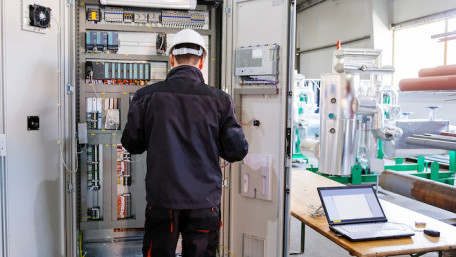
EMC-compliant panels are an excellent first step in reducing electromagnetic interference from industrial control systems. Learn about some features of…
EMC-compliant panels are an excellent first step in reducing electromagnetic interference from industrial control systems. Learn about some features of electromagnetic compatibility in panels.
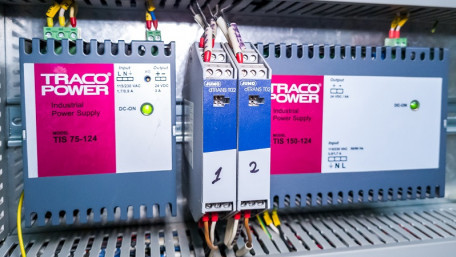
The choice to ground or float a power supply is not always clear in the NEC. This article explains floating or fixing a…
The choice to ground or float a power supply is not always clear in the NEC. This article explains floating or fixing a DC supply with respect to ground and how circuits can be functionally constructed both ways.

Using symbols instead of text provides a fast and effective way to describe an electrical system. Learn about the what,…
Using symbols instead of text provides a fast and effective way to describe an electrical system. Learn about the what, when, where, and why of commonly used electrical symbols from the perspective of a controls engineer.
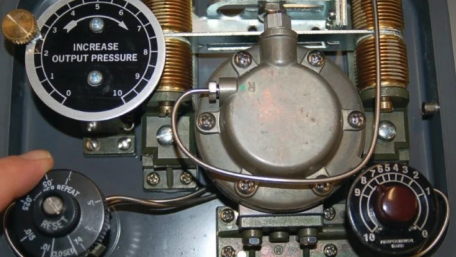
This article discusses the meaning and effects of proportional gain in a controlled system such as motion, temperature,…
This article discusses the meaning and effects of proportional gain in a controlled system such as motion, temperature, and fluid flow.
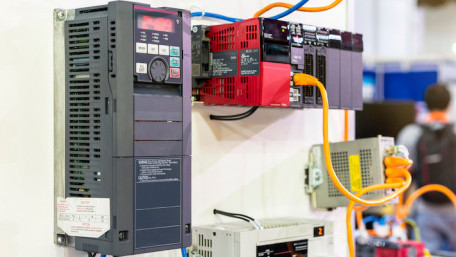
Using an electronic data sheet or add-on profile is an easier method than having to manually configure and map a generic…
Using an electronic data sheet or add-on profile is an easier method than having to manually configure and map a generic Ethernet module. Learn about the differences between an EDS and AOP and how and when each is used.

Digitalization is steadily gaining importance to help manufacturers meet changes in the process industry, however, modern…
Digitalization is steadily gaining importance to help manufacturers meet changes in the process industry, however, modern digital solutions must represent the interaction of both machine parameters and tribal knowledge.
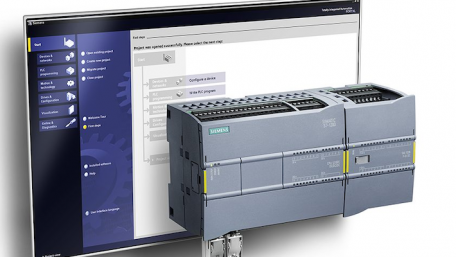
The S7-1200 is one of Siemens’ most popular PLC options for relatively small automation projects. Learn how to use the…
The S7-1200 is one of Siemens’ most popular PLC options for relatively small automation projects. Learn how to use the Totally Integrated Automation Portal to design simple ladder logic programs.

Air motors are common in process industries, mainly used in hazardous areas. This article introduces the features and…
Air motors are common in process industries, mainly used in hazardous areas. This article introduces the features and working principles of air motors and the differences between air and electrical motors.
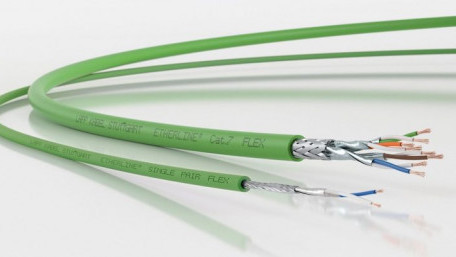
Industrial Ethernet is getting a facelift, but will the industry adopt this new change? Single Pair Ethernet (SPE) offers…
Industrial Ethernet is getting a facelift, but will the industry adopt this new change? Single Pair Ethernet (SPE) offers gigabit speeds with a reduced footprint. When is it used, and where?
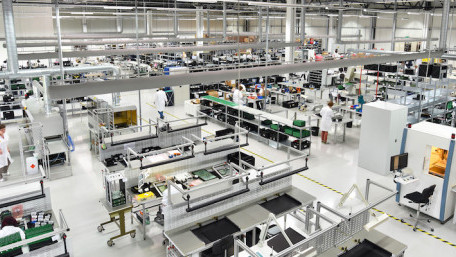
Power quality is an increasing concern for manufacturers all over the world as electrical equipment becomes more advanced…
Power quality is an increasing concern for manufacturers all over the world as electrical equipment becomes more advanced and therefore sensitive to discrepancies in the supplied power.
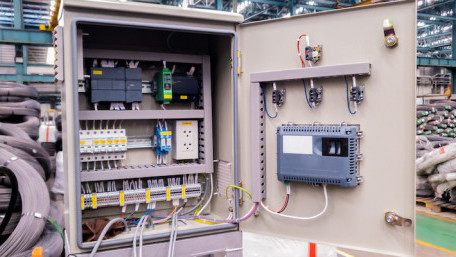
Modbus is one of the oldest industrial communication protocols still in use today. Continue reading to find out how the…
Modbus is one of the oldest industrial communication protocols still in use today. Continue reading to find out how the protocol works and how to use it for monitoring and control.
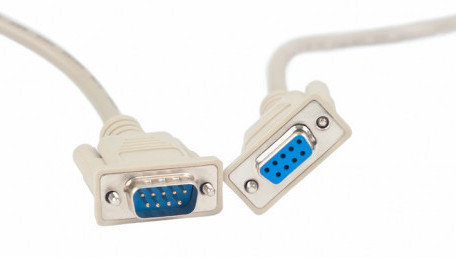
There are many settings and configurations to consider when using RS232 devices. This article breaks down this…
There are many settings and configurations to consider when using RS232 devices. This article breaks down this communication standard and explains how to send messages from one device to another.
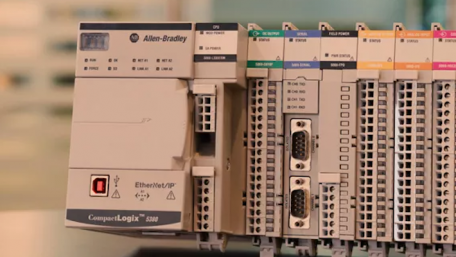
Learn how to install and program analog modules into Rockwell’s hardware and software environments using a CompactLogix…
Learn how to install and program analog modules into Rockwell’s hardware and software environments using a CompactLogix PLC and Studio 5000.
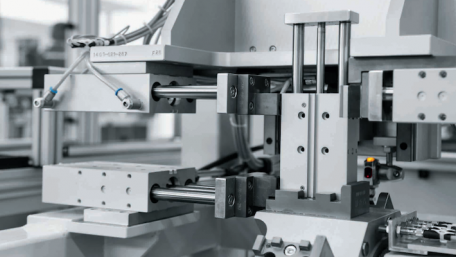
IIoT is a daunting topic due to ambiguous interactions of hardware and software. This article outlines the basic steps to…
IIoT is a daunting topic due to ambiguous interactions of hardware and software. This article outlines the basic steps to use an MQTT broker to collect the number of cycles from a pneumatic cylinder for PM software.

Events that cause alarms are not the most common events in a process system, but they must be handled with proper care,…
Events that cause alarms are not the most common events in a process system, but they must be handled with proper care, being both resolved and recorded in order to prevent hazards and downtime.

To know if predictive maintenance is the right strategy, it might help to first recognize if it isn’t. Here are some…
To know if predictive maintenance is the right strategy, it might help to first recognize if it isn’t. Here are some indicators that your organization should improve before implementing predictive maintenance.
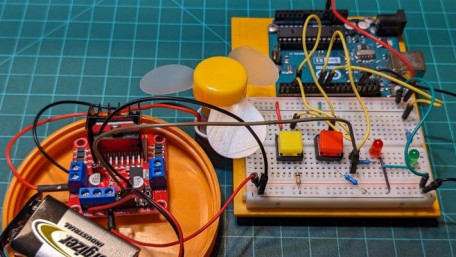
DC motors are an old technology still commonly used in industry. This hands-on article shows how to implement a Count Up…
DC motors are an old technology still commonly used in industry. This hands-on article shows how to implement a Count Up (CTU) counter on an Arduino OpenPLC Simulator to control a low-voltage DC motor.
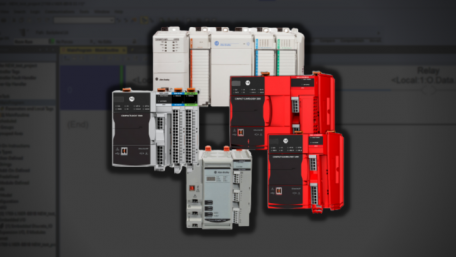
Rockwell Automation is known for being one of the most popular PLC brands, supported by many compatible devices. Learn…
Rockwell Automation is known for being one of the most popular PLC brands, supported by many compatible devices. Learn the basics of getting started with a CompactLogix project in the Studio 5000 environment.
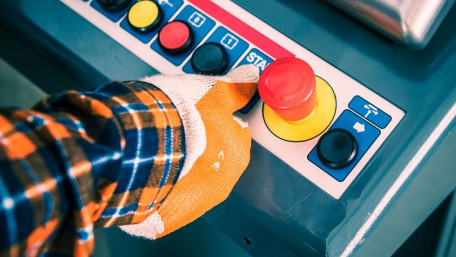
Machine safety design can be a daunting task with all the different safety devices on the market today. Choosing the…
Machine safety design can be a daunting task with all the different safety devices on the market today. Choosing the correct device for your design can be made easier by understanding when to use the proper device.
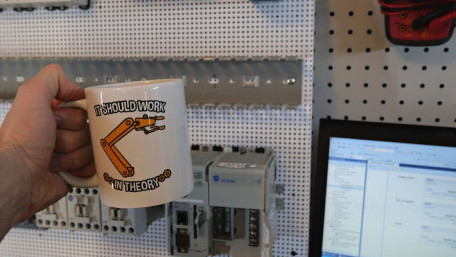
We are taught that parallel circuits maintain equal voltage across all branch resistors, equally sharing the source…
We are taught that parallel circuits maintain equal voltage across all branch resistors, equally sharing the source voltage. But reality is often far from ideal, and individual devices certainly impact the rest of the circuit.
